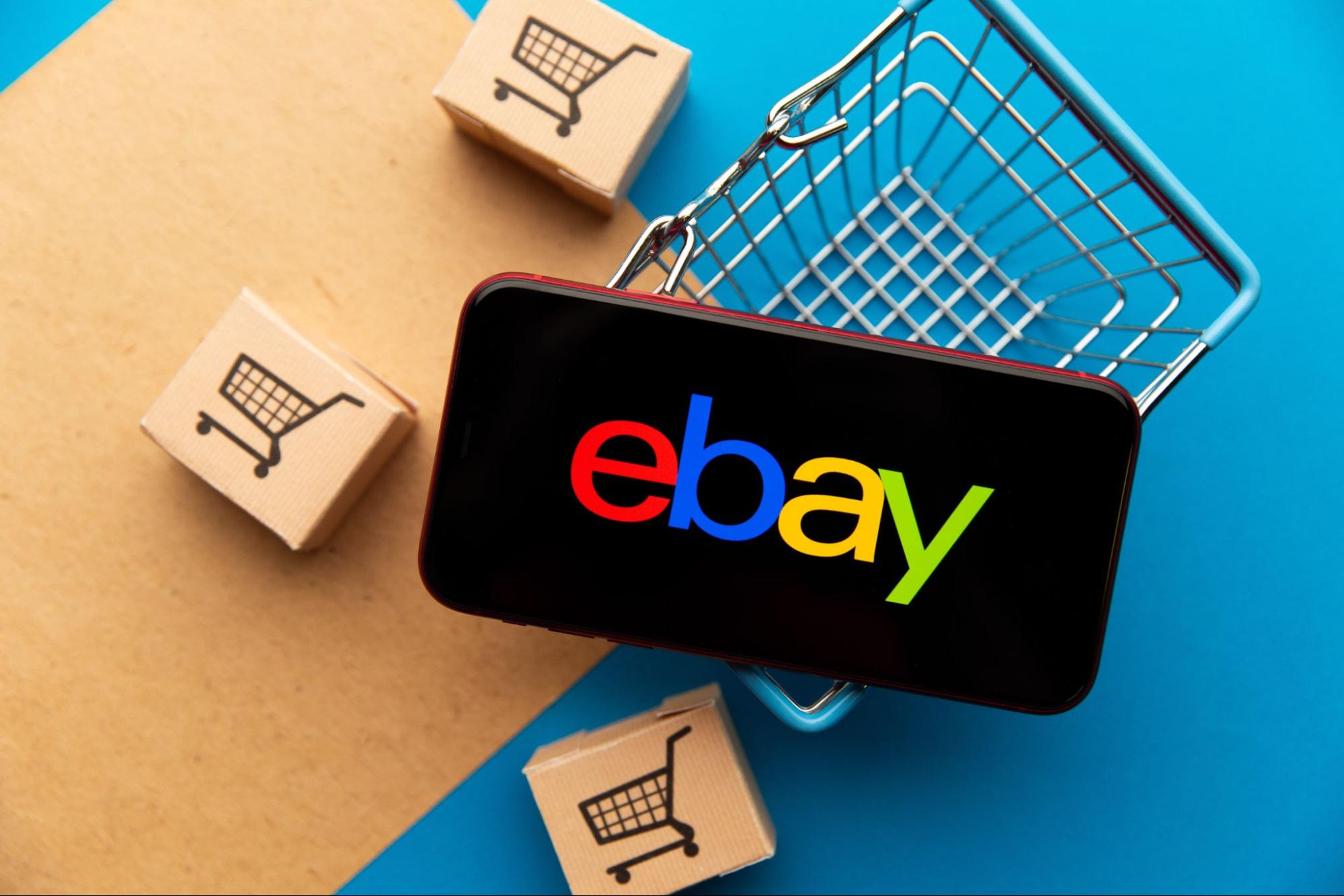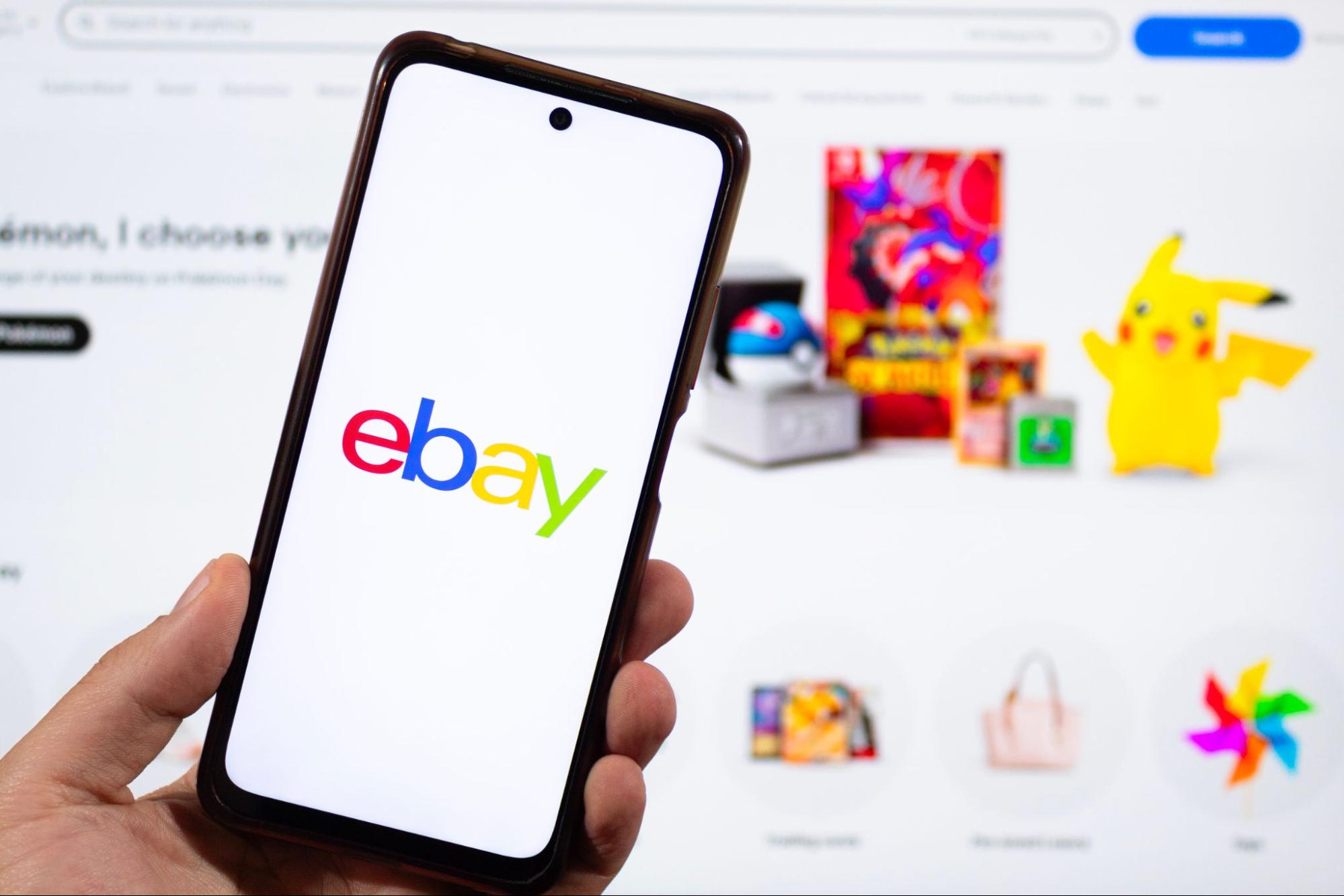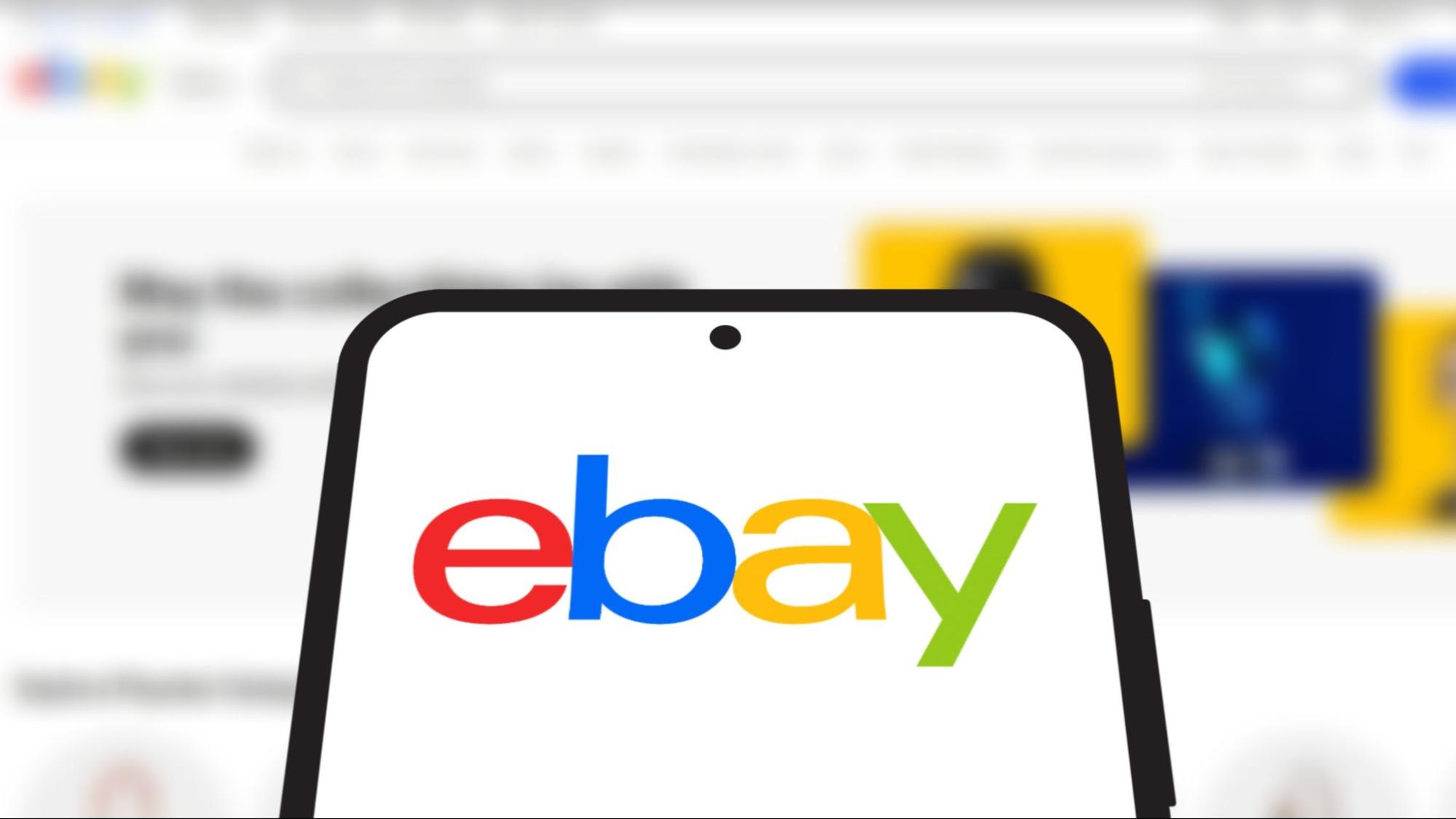Whether you’re a seasoned eBay seller or just getting started, pricing your items effectively can make or break your success. Set your price too high, and your listing may sit unnoticed for weeks. Go too low, and you could leave money on the table. Finding the sweet spot is key, especially if your goal is to move inventory quickly. This guide will show you how to price your eBay items to sell fast using research-driven strategies and eBay’s recommendations.
Step 1: Research Comparable Listings
Before setting your price, it’s important to understand the market for your product. Follow these steps:Lorem ipsum dolor sit amet, consectetur adipiscing elit. Ut elit tellus, luctus nec ullamcorper mattis, pulvinar dapibus leo.
1. Search on eBay:
- Use relevant keywords, brand names, or item numbers.
- Filter results by “Sold Listings” to see actual selling prices
2. Compare Listings:
- Look for items in similar condition, model/version, and with similar inclusions (e.g., accessories, packaging).
- Take note of:
- Average selling price
- Price range (lowest and highest
- Auction or fixed price sales
3. Utilize Tools:
- Consider using eBay’s Terapeak Product Research (free with a seller account) to analyze past pricing trends.
Step 2: Choose the Right Pricing Format
eBay offers two main pricing formats: Auction Style and Fixed Price (Buy It Now). Each has pros and cons depending on your goals.
Auction:
- Great for rare or highly desirable items.
- Generates excitement and urgency.
- Risk: final price may be lower than expected.
Fixed Price (Buy It Now):
- Better for competitive markets.
- Gives you control over the exact selling price.
- Can include the “Best Offer” option to attract bargain hunters.
Fixed Price with Best Offer is usually best for fast sales to appeal to buyers ready to purchase, while leaving room for negotiation.
Step 3: Determine Your Base Price
Once you know the competition and format, calculate your minimum acceptable price.
Price Factors to Consider:
- Market Value: Use your research to set a price slightly lower than or in line with recently sold items.
- Item Condition: New products attract higher prices. Adjust accordingly for “Used” or “Open Box” items.
- Demand: High-demand items (e.g., trending products, collectibles) can be priced higher.
- Seasonality: Holiday products, winter gear, or back-to-school supplies might draw better prices during the right season.
Use this formula for quick pricing: Average Market Price – Competitive Edge Discount = Your Price.
Example: $50 (average) – $5 = $45 listing price.
Step 4: Factor in eBay Fees and Shipping
To price your items profitably, you need to subtract eBay’s fees and shipping costs from your final sales price.
eBay Fees to Watch Out For:
- Final Value Fee: Typically 10-15% off the total sales price, including shipping.
- Insertion Fee: Usually waived for the first 250 listings/month.
- Optional Features: Promoted listings, bold titles, subtitles, etc.
Shipping Costs:
Decide if you’ll offer free shipping, which boosts buyer interest, or charge for it. Use eBay’s shipping calculator to estimate your costs. Many sellers price products slightly higher to offset “free” shipping and still appear competitive.
Step 5: Use Psychological Pricing Techniques
Minor pricing tweaks can influence buyer behavior. Here are some methods to try:
- Charm Pricing: $19.99 looks more appealing than $20.00.
- Undercut Competitors: If others sell at $24.99, list yours at $23.95.
- Round Numbers for High-Priced Items: For premium goods, round prices can communicate value (e.g., $500 vs. $400.97).
Items listed slightly below competitors usually sell faster without hurting your margins.
Step 6: Set a Competitive “Best Offer” Threshold
If you’re using the Best Offer feature, set an automatic minimum offer you’ll accept to avoid wasting time on low-ball offers.
How to Set Best Offer Parameters:
- Turn on Auto-Decline for offers below your minimum acceptable price.
- Use Auto-Accept for offers within a desirable range.
- Let buyers know you’re open to negotiation in the listing description to increase engagement.
The Best Offer feature keeps your pricing flexible while filtering out unserious buyers.
Step 7: Monitor and Adjust Your Price
Sometimes, even a well-priced product won’t sell immediately. That’s okay – adjust and keep going.
How to Optimize Over Time:
- Check listing views and watchers after 3-5 days.
- If there’s interest but no sale, lower your price slightly or run a limited-time promotion.
- If there’s no traffic, consider improving your listing’s title, photos, and description before adjusting the price.
- Use eBay’s “Send Offer to Watchers” tool to directly engage interested buyers with a lower price.
Timing matters. eBay suggests relisting or refreshing items every 30 days to maintain visibility in search results.
Step 8: Price in Bulk for Multi-Quantity Listings
Selling multiple units of the same item? Use volume pricing to entice buyers. For example:
- 1 item = $10
- 2 items = $9.50 each
- 3+ items = $9.00 each
This strategy is excellent for sellers with wholesale lots or repeat items and encourages buyers to purchase more in one go.
Step 9: Promote Your Listings
Even with the right price, you need visibility.
eBay Promotions to Consider:
- Promoted Listings: Appear higher in search results.
- Markdown Manager: Offer time-sensitive discounts.
- Coupons: Encourage repeat business and cross-selling.
Promotions can work exceptionally well for competitive categories or slower-moving inventory.
Step 10: Leverage Third-Party Tools for Dynamic Pricing
Consider using eBay repricing software if you manage multiple listings or want to stay ahead of fluctuating market prices.
Popular Tools:
These tools monitor competitor pricing and automatically adjust your listings to remain competitive and sell faster.
Lorem ipsum dolor sit amet, consectetur adipiscing elit. Ut elit tellus, luctus nec ullamcorper mattis, pulvinar dapibus leo.
Final Step: Turn Pricing Strategy into Profit
Mastering eBay pricing isn’t just about setting a number – it’s about strategy. By researching your competition, choosing the right format, considering fees, and staying flexible, you can price your items to sell quickly and profitably. Smart pricing can boost your sales and help you scale faster.
Want more eBay selling tips? Subscribe to the Resale Pro newsletter and get insider tips, platform updates, and pricing strategies sent to your inbox. Learn how to sell smart, not harder, and turn your side hustle into serious income.



